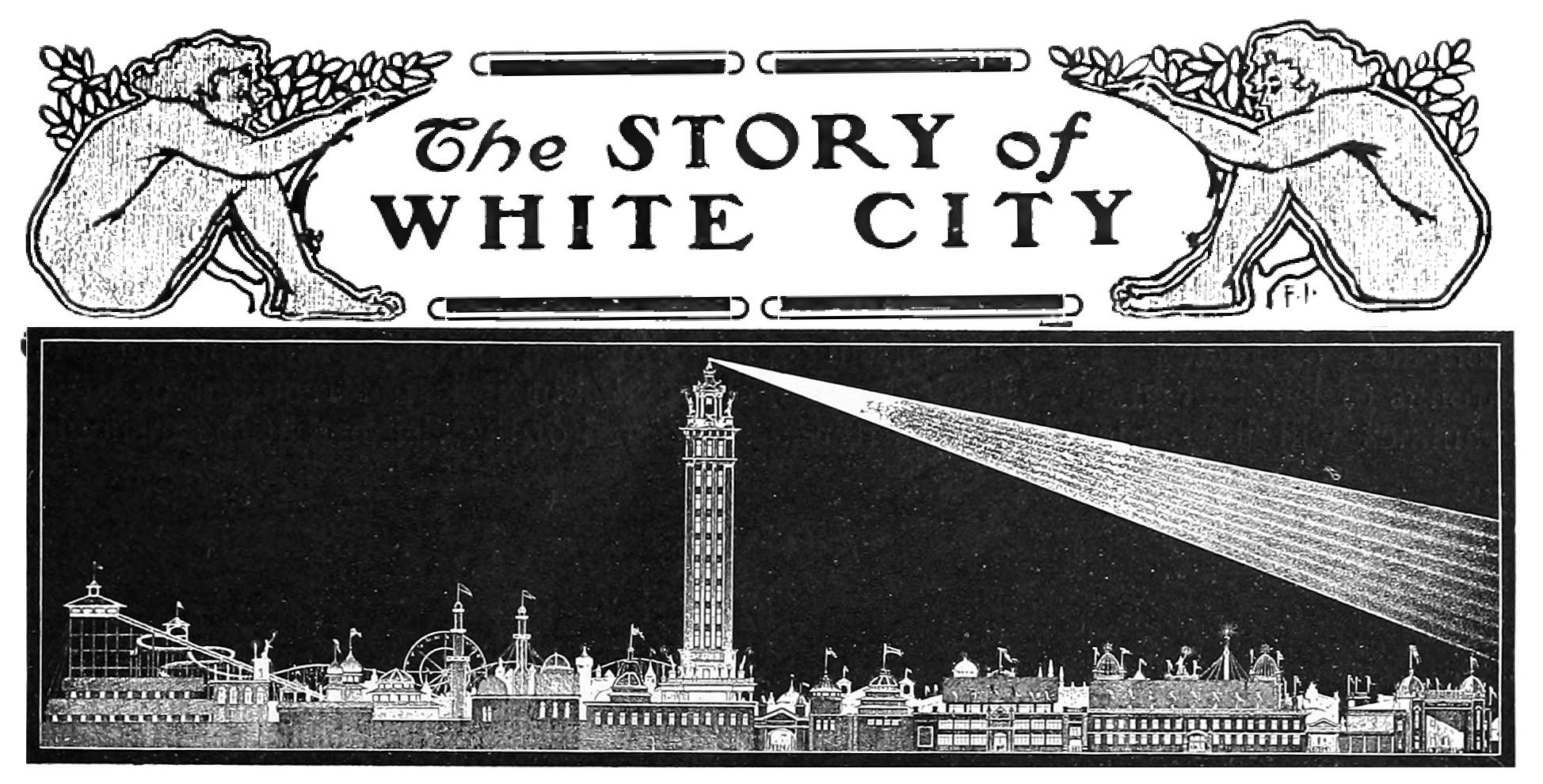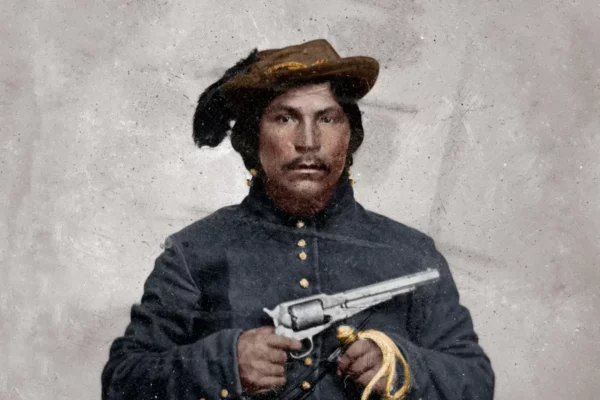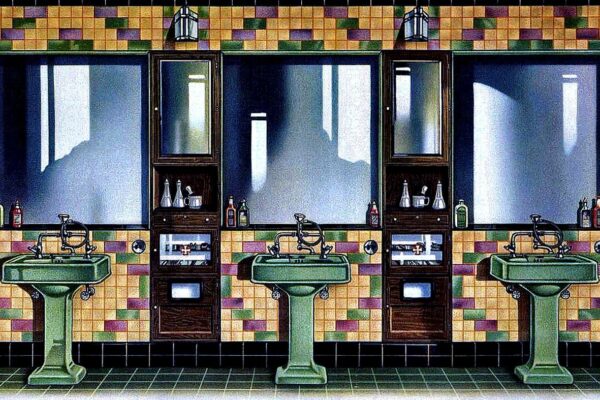They called it the city of dreams, a series of white stucco buildings that surrounded a pool of glistening water. As the sun rose above the sky, the buildings would be illuminated in hues of peach, gold, and lavender. The real magic was at night when all the buildings would be lit up with tiny shimmering lights. Those that visited the city marveled at the sight and relished at the chance to stroll in the kingdom fit to be nestled among the stars.
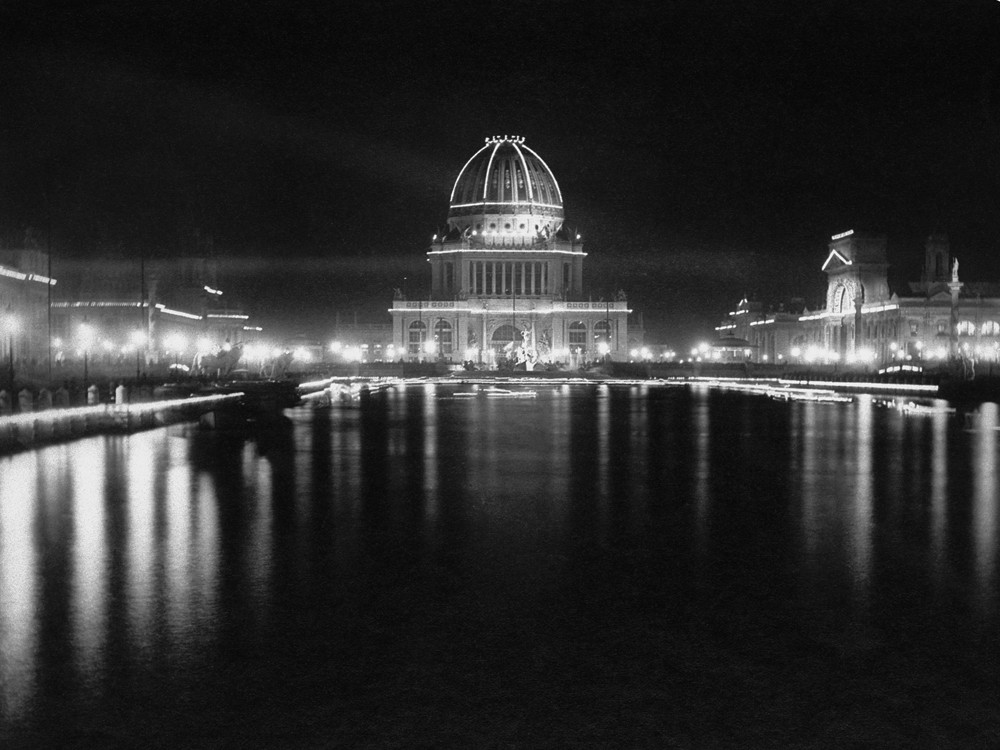
This was the World Colombian Exhibition of 1893, or more commonly known as the Chicago World’s Fair. America’s first chance to show that it could be just as grand and innovative as the old world cities of London and Paris, the fair hosted two prominent attractions, the Court of Honor and the entertainment district known as the Midway Plaisance.
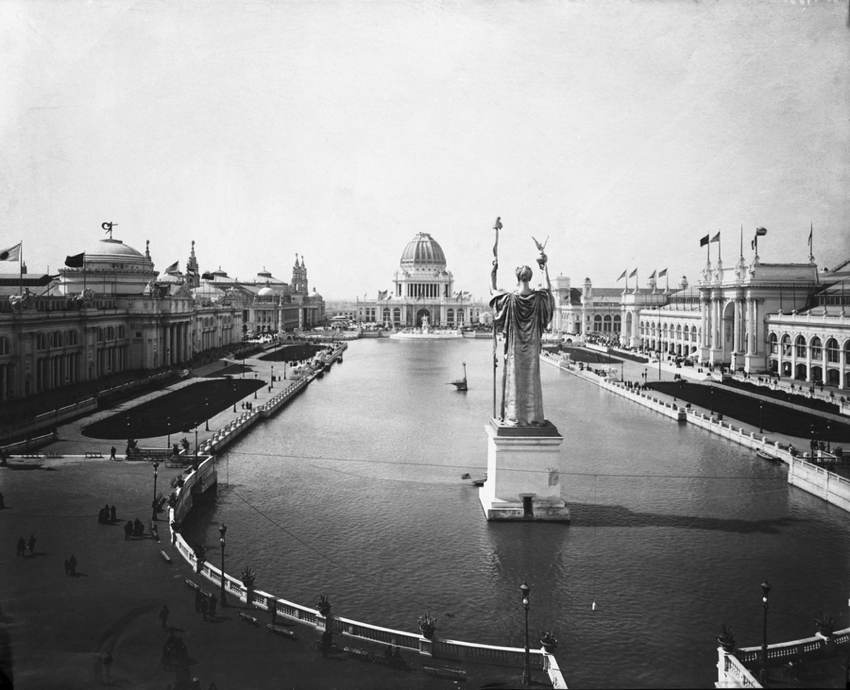
The Court of Honor (pictured above) hosted a series of neoclassical styled buildings that came to be known as White City because of their cream colouring and the thousands of light bulbs that adorned each building at night.
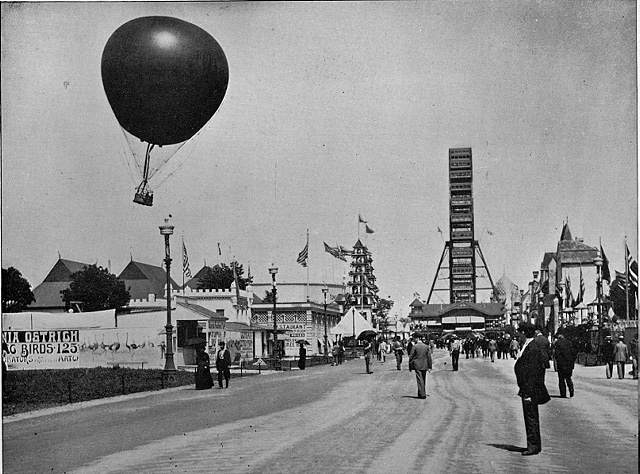
The Midway was an area for amusement, where spectators could casually catch a ride in a hot air balloon, watch a sideshow, or view the fair in all of its entirety in a new invention called a Ferris wheel.

The fair’s main attraction was the world’s first Ferris Wheel, the exposition’s tallest structure, intended “to out-Eiffel Eiffel”, a reference to a campaign to come up with a structure that could outshine the Eiffel Tower of the 1889 Paris Exhibition. Whether it succeeded or not, the Ferris wheel allowed visitors to experience the fair in a whole new light and inspired many more amusement devices.
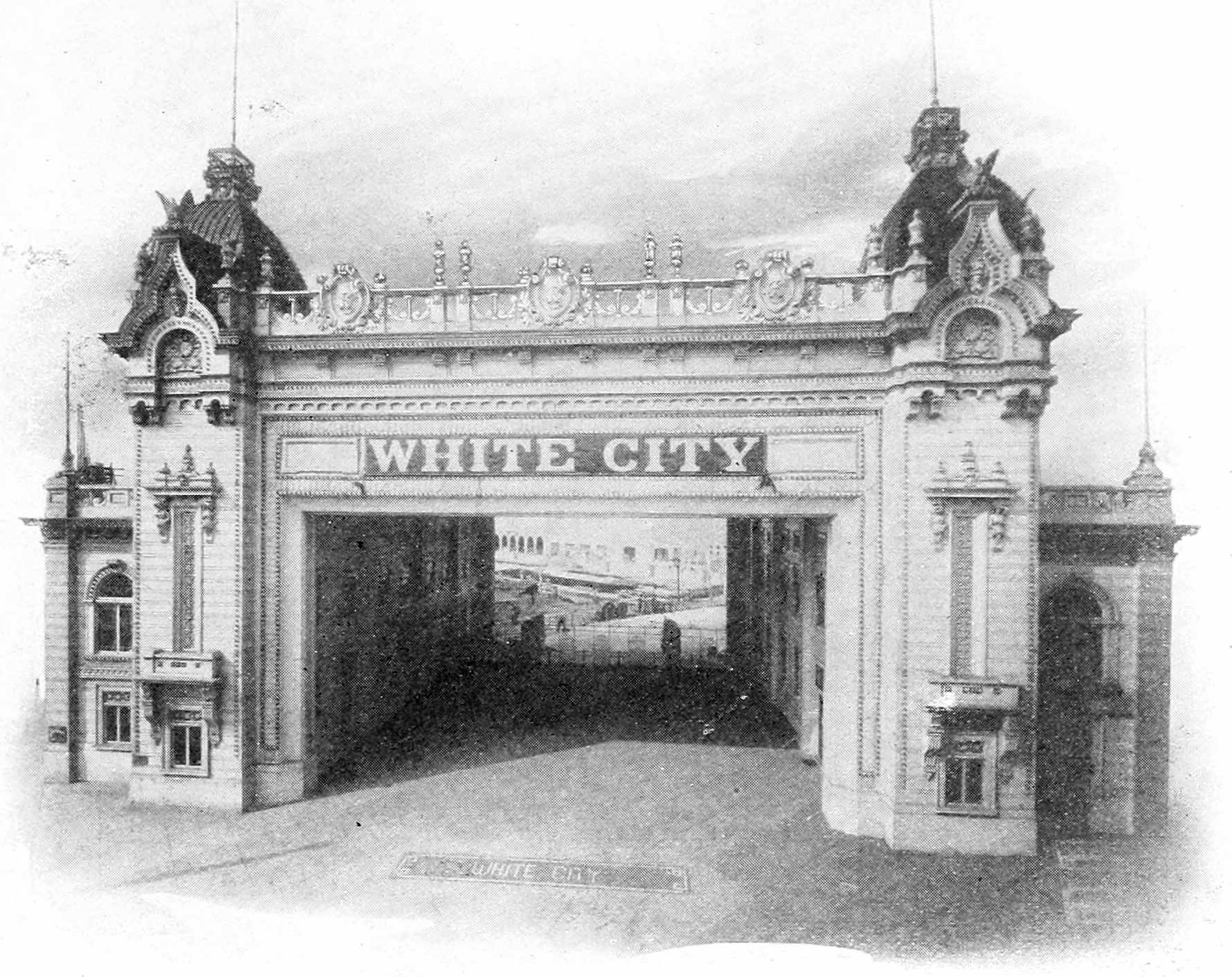
In just a decade, imitations of Chicago’s White City began to spring up across the country. These amusement spectacles included their very own Ferris wheels, scaled down versions of the Court of Honor, and thrill rides such as shoot-the-chutes and roller coasters. Locals would visit these parks to experience a piece of wonderland. The modern day amusement park was born.
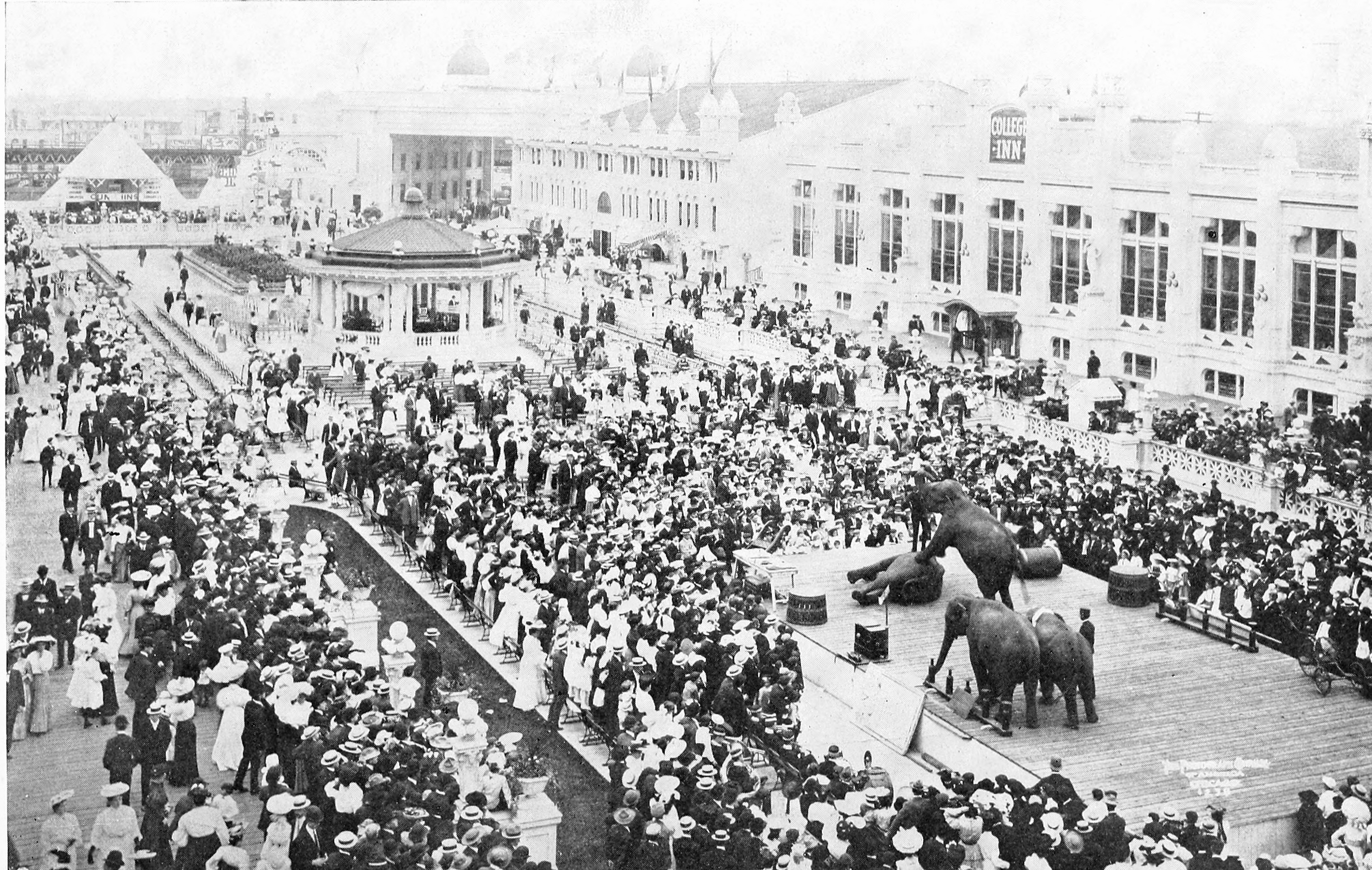
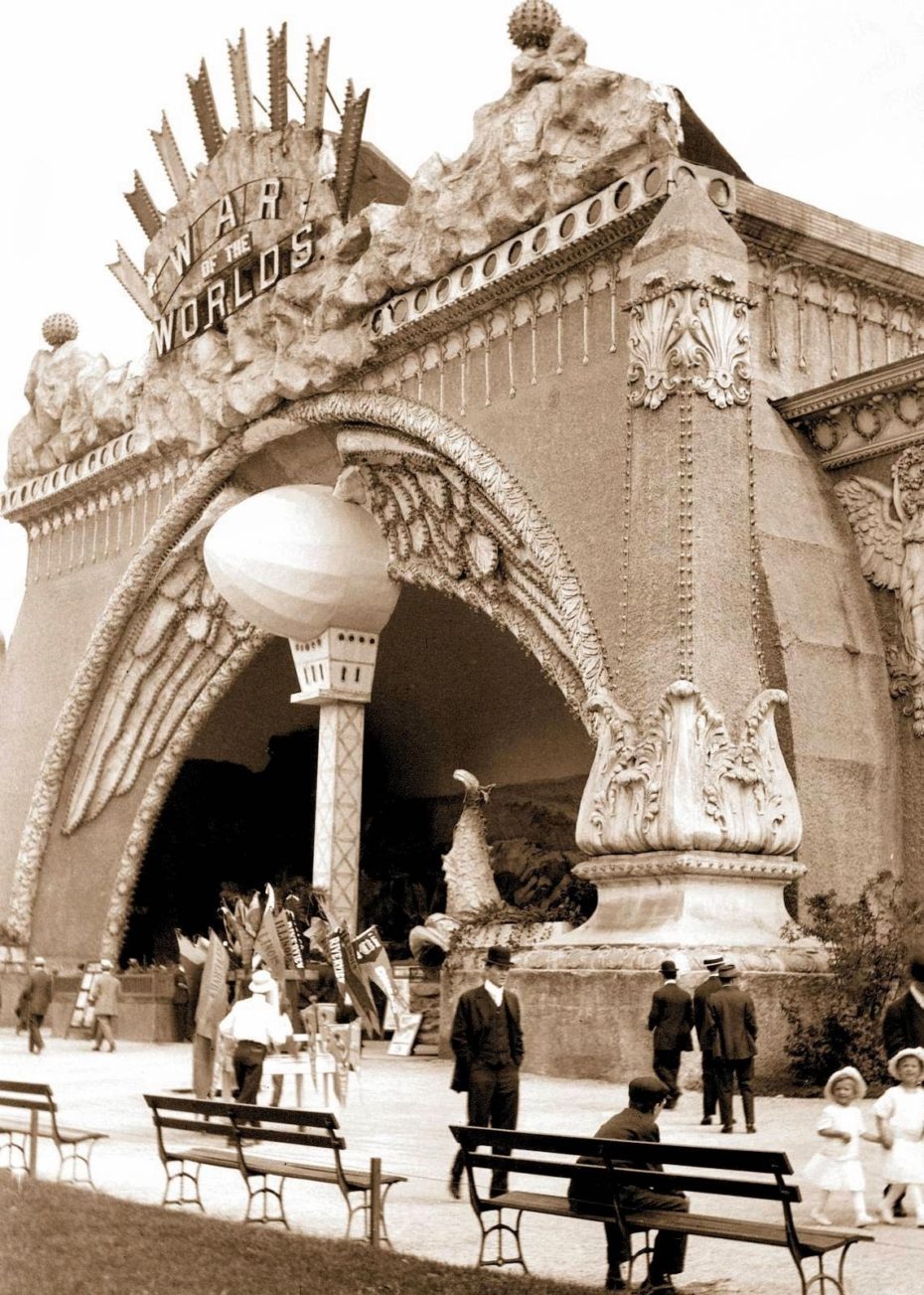
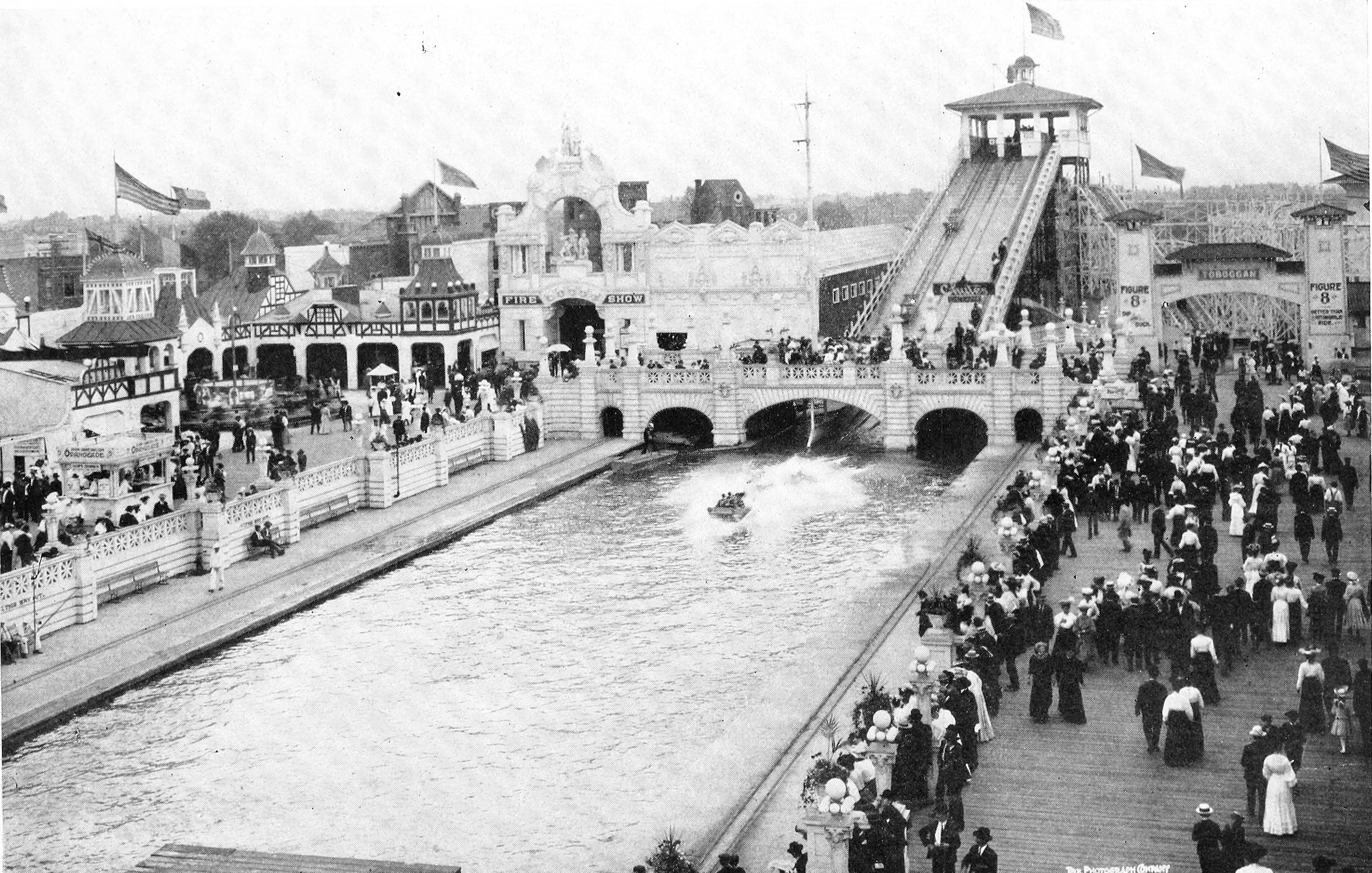
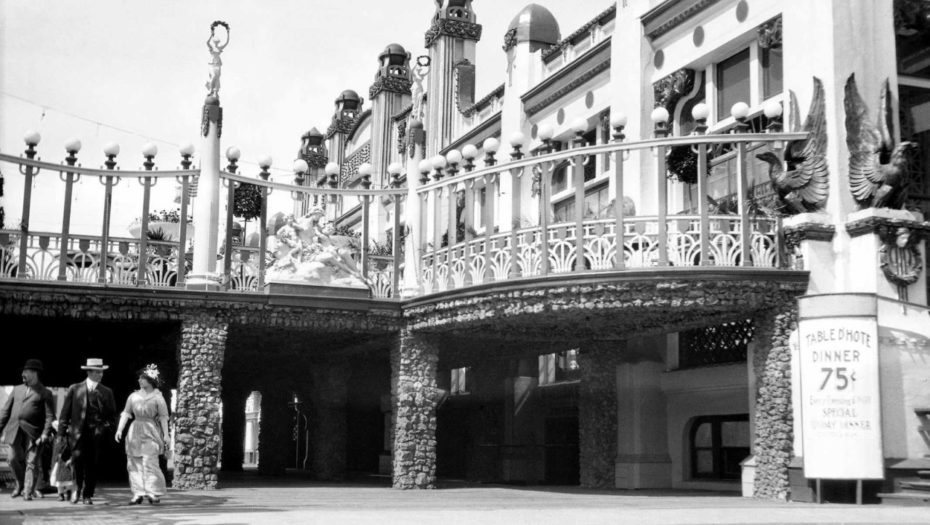
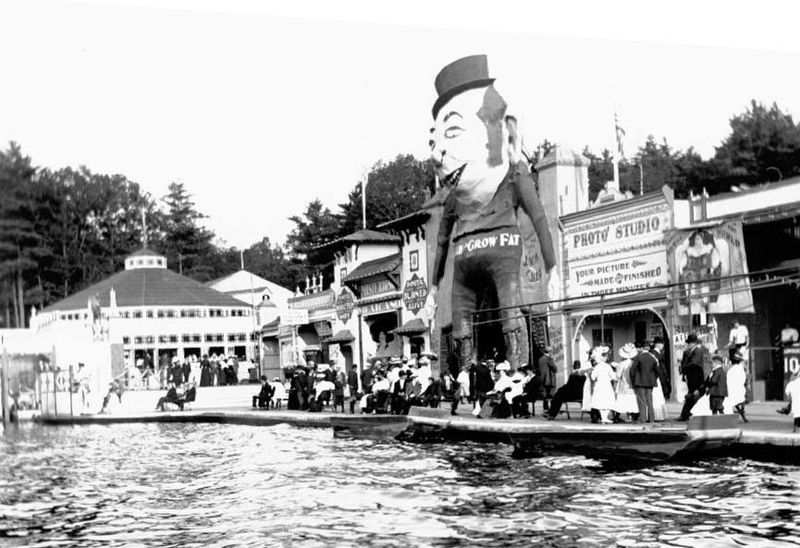
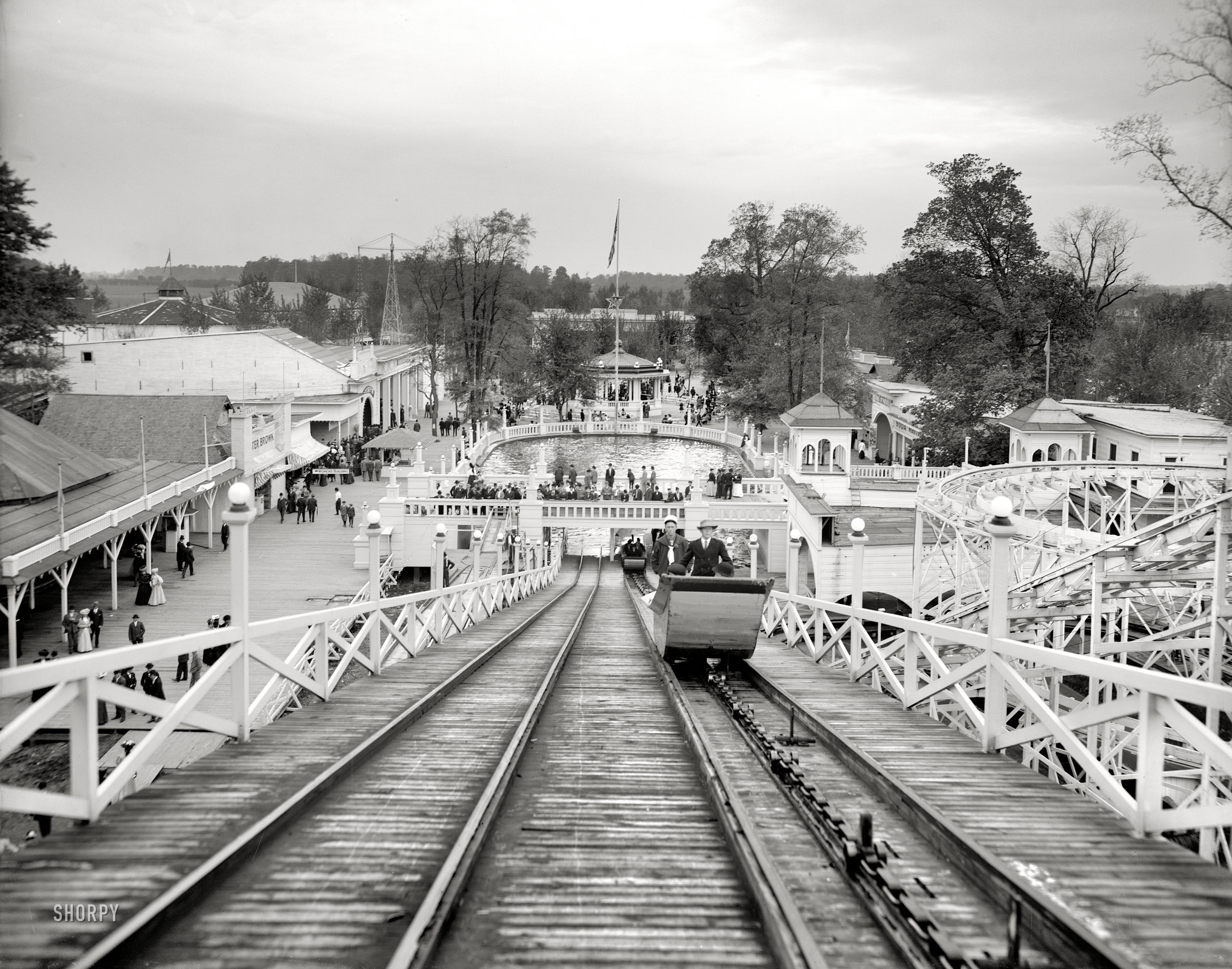
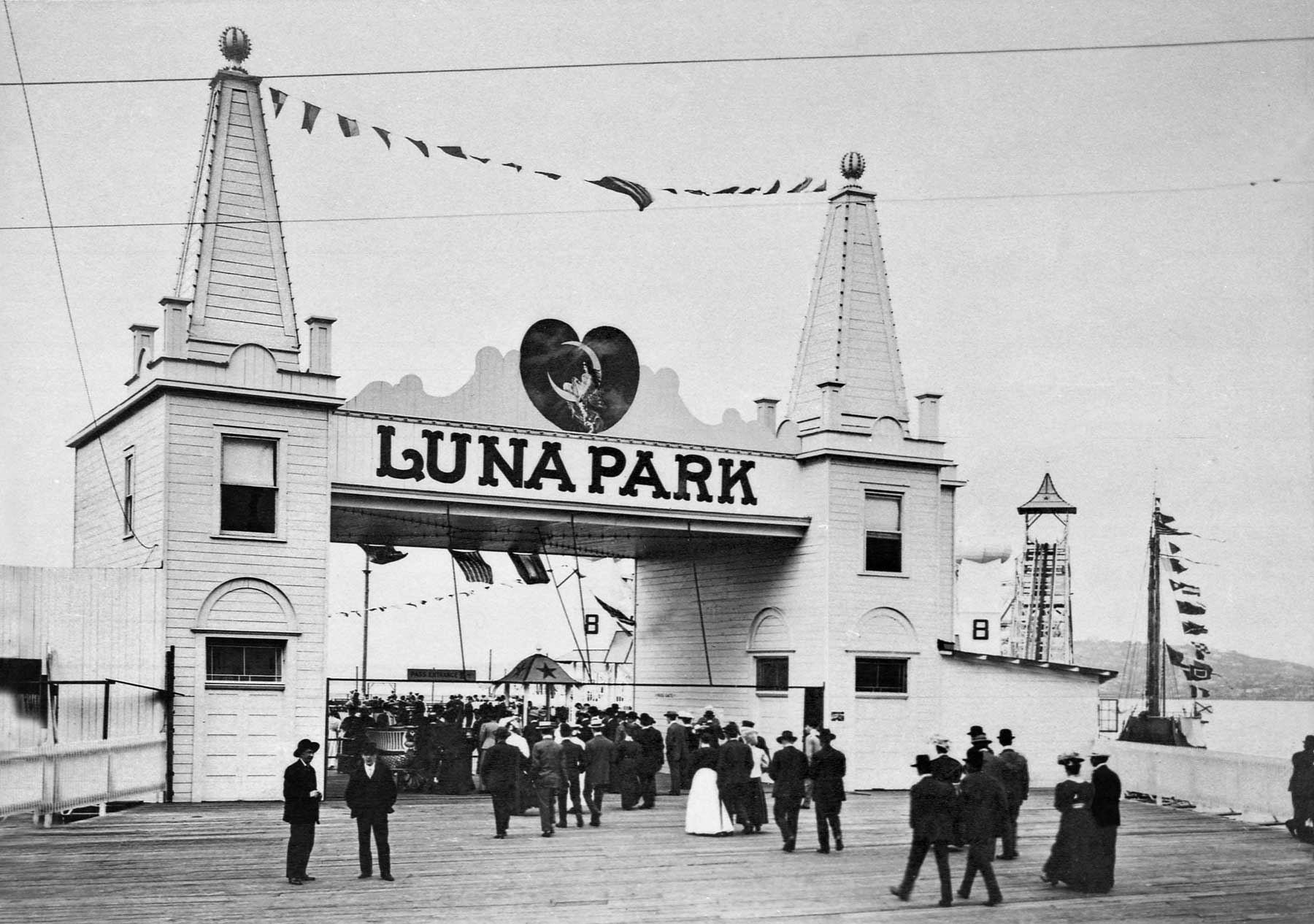
Many of these amusement parks named themselves after the White City, but names such as Electric or Luna were also quite common. Railway companies began to notice that these parks drove a crowd and decided to build parks of their own to increase ridership during the weekends. These amusement parks played a key role in the shift of social attitudes during the turn of the century.
The most well known of these new amusement parks resided on Coney Island. Steeplechase Park, Luna Park, and Dreamland became the standard for other amusement parks, becoming a common sight across the country and even making their way across the channel to England.

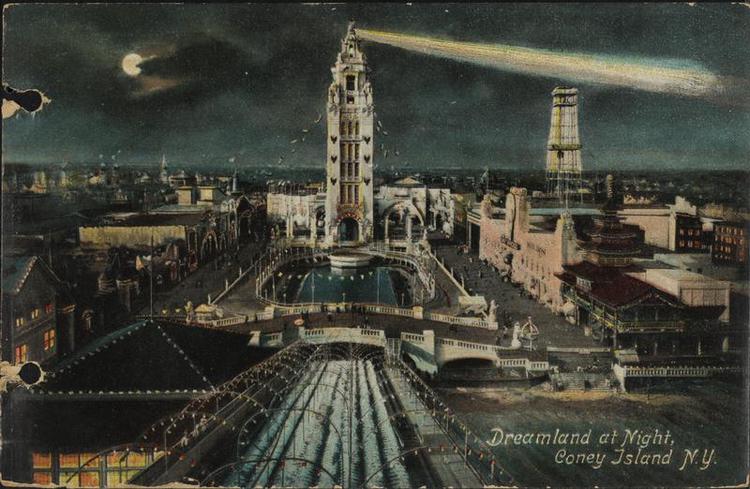
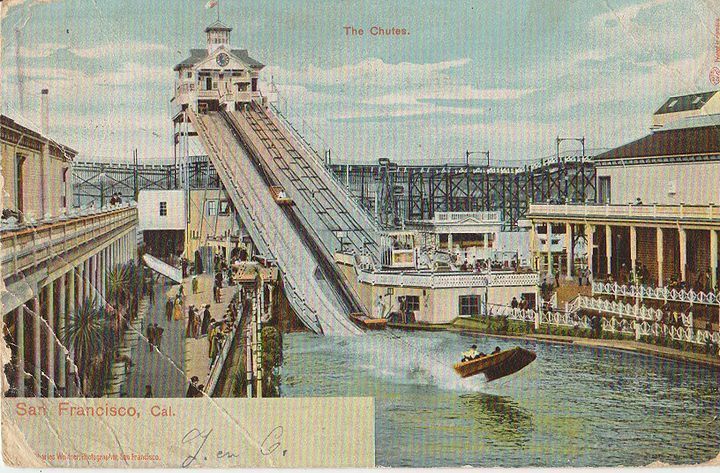
But of course, paradise never lasts forever and by the end of the 1920s, many of these amusement parks had become a distant memory. White City amusement parks were in fact giant fire hazards, and many of them were entirely destroyed, just like the original White City buildings built for the Chicago’s Worlds fair. These fires were ruthless and destroyed so much property that it made rebuilding impossible.
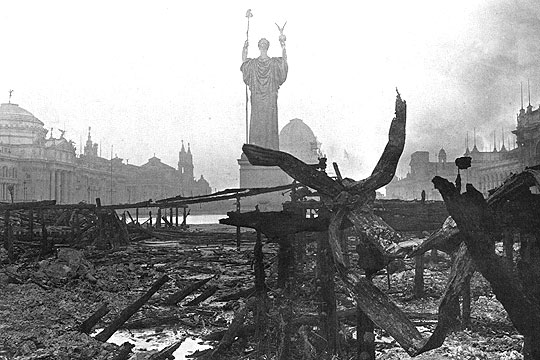
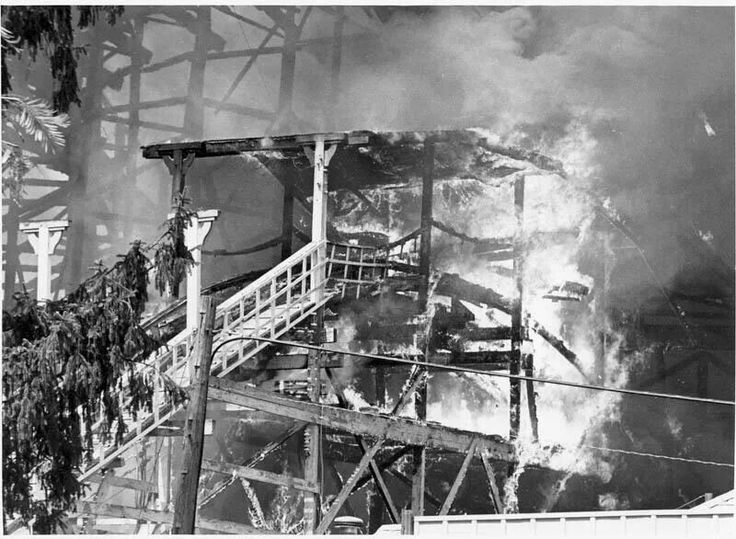
The changing of the times also played a role in the demise of these parks. As automobiles began to gain favour, the public suddenly had more choice for how to spend their leisure time. The parks that survived to the middle of the 20th century struggled to remain profitable as visitors tastes in amusement parks changed.
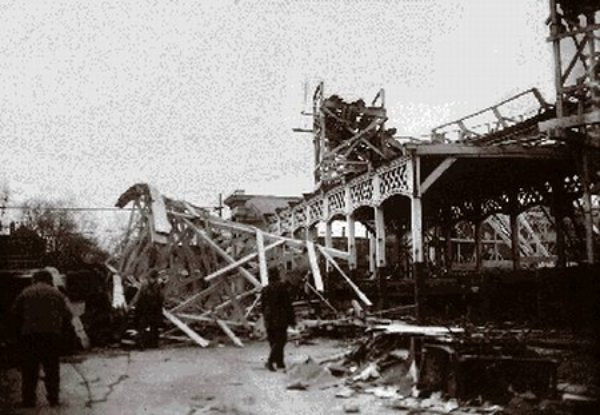
Today, only one park that was given the White City name continues to operate. Denver’s White City opened in 1908 and has managed to outlast even the most well-known amusement parks that existed.
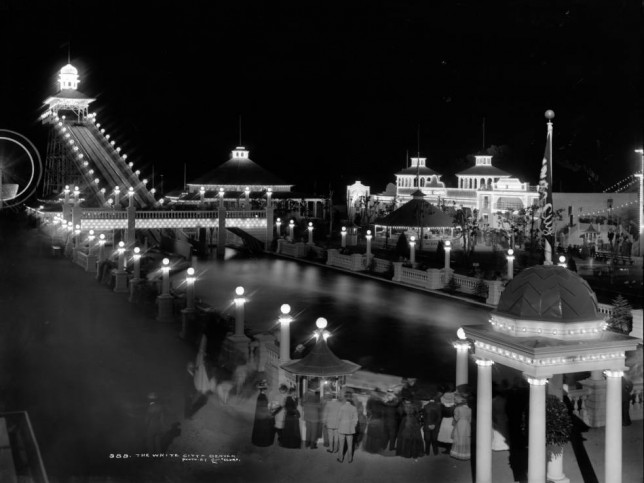
The park still features it’s original stucco buildings and even carries on the tradition of lighting the buildings with thousands of lightbulbs each evening.
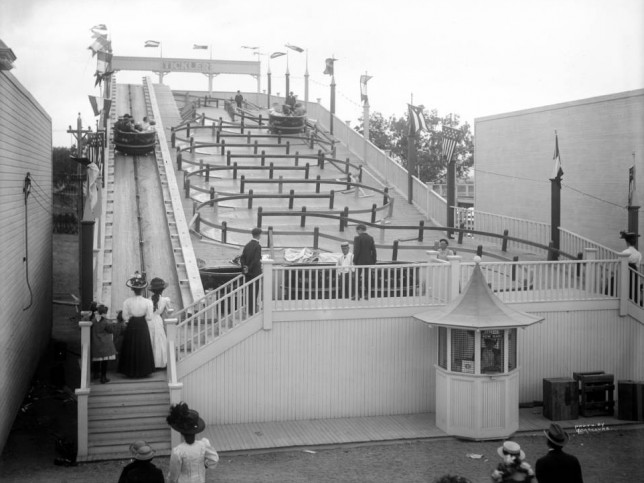
The park has gone through many updates over time, including a name to change to “Lakeside”. Visitors who come to the park have the pleasure of seeing different architectural eras such as art deco, streamline moderne, and the original beaux-arts architecture that the original White City was known for.
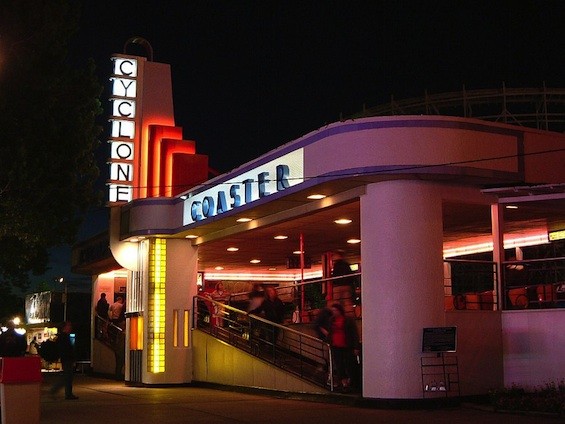
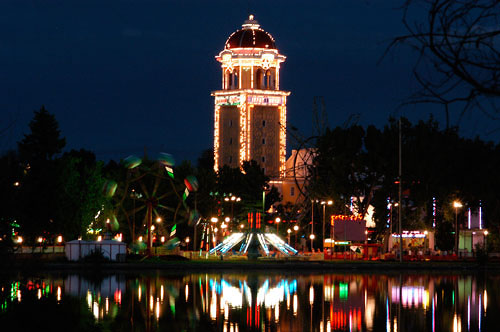
If you wish to get a taste of what a White City amusement park was like, you can visit Lakeside Amusement Park (formerly White City) during the summer and spring months. If you’re more eastbound, there is of course the nostalgia of Coney Island, hanging on by blending mom-and-pop concessions with contemporary attractions to preserve the memory of the amusement parks from the past.
By Shanna Farley


